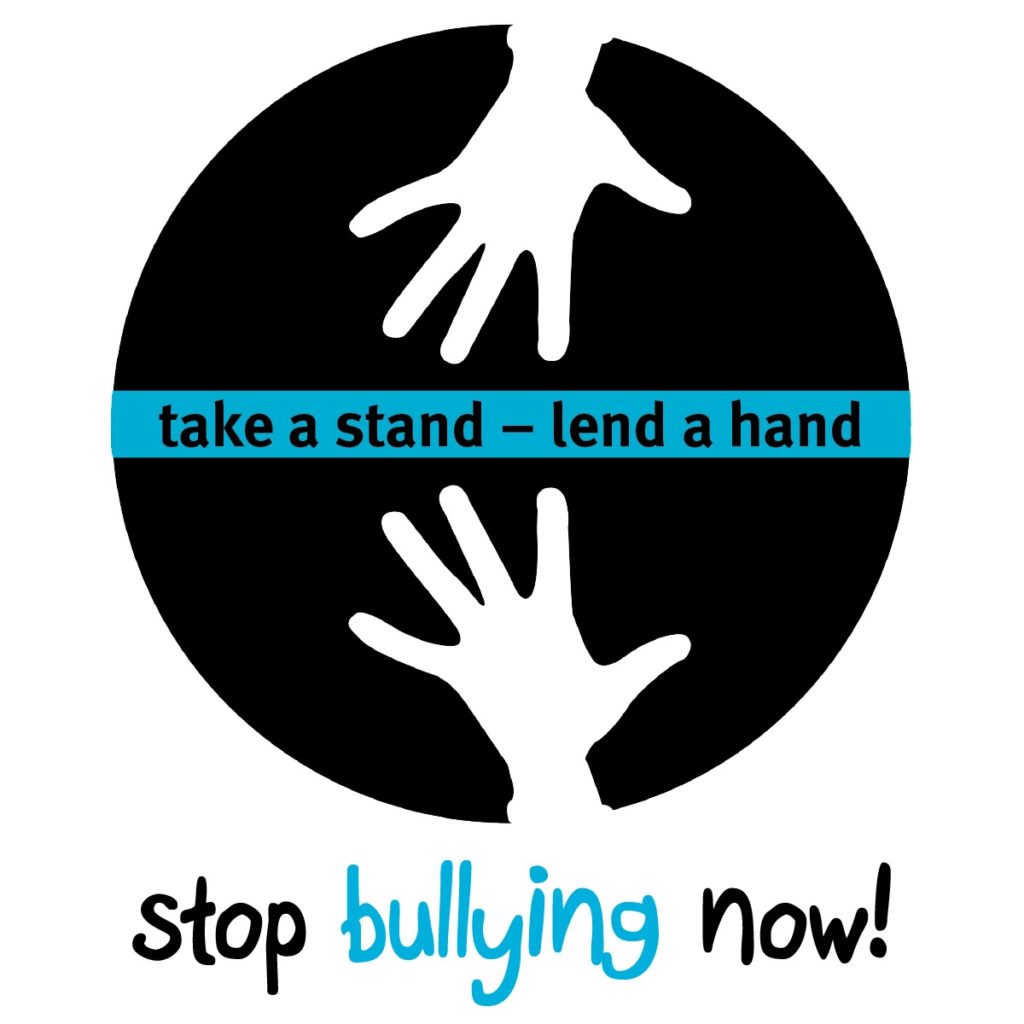
Bullying is an intentional behavior that hurts, harms, or humiliates a student, either physically or emotionally, and can happen while at school, in the community, or online. Think about what can happen as a result of being bullied: Feeling all alone, believing that no one cares, questioning whom you can trust, wondering if anything will ever change.
National Bullying Prevention Month is a campaign founded in 2006 by PACER's National Bullying Prevention Center. The campaign is held during the month of October and unites communities nationwide to educate and raise awareness of bullying prevention.
PACER National Bullying Prevention Center recommends these 5 easy steps that you can do to help your peers who are experiencing bullying:
- Be available for conversation: students who experience bullying often don’t tell anyone.
Here are some ways to connect: listen without judgment, let them know they have the right to talk about what’s happening and ask questions that allow them to talk through their experience and emotions.
- Respond with intentional acts of kindness, acceptance, and inclusion
Bullying brings people down. You can build them back up with encouraging words and actions. Here are some ways to be intentional with your support: Speak up your words matter, try saying: “I’m here for you and I want to help” or “you didn’t deserve to be treated that way”.
- Redirect the situation
Research shows that peers can be very effective at intervening in a bullying situation. If you see bullying in person, you can: help the person being bullied get away from the situation, ask them to walk with you and invite another friend or two to join you as there is safety and support in numbers.
- Talk with an adult
In situations where you’re not sure what to do, seeking advice from an adult you trust can be helpful. Here are some ideas for talking with an adult: let them know that you’re coming to them for advice because someone is going through a situation that they can’t fix on their own, decide on what steps you can take together and clarify what your role should be.
- Encourage others to come together against bullying and unite for kindness, acceptance, and inclusion
Have you ever heard the old saying, “There is power in numbers”? In the world of bullying prevention, this is especially true. Get others involved by: starting a club or activity at your school that focuses on inclusion, hold an open event where board games are played, resources are shared, anyone can participate and everyone has someone to work with.
Finally: Do your best! Do your best to help, but also know that each bullying situation is different. It’s not up to you to solve it but recognize that your support can make a difference.
*SOURCE: PACER Publications.



